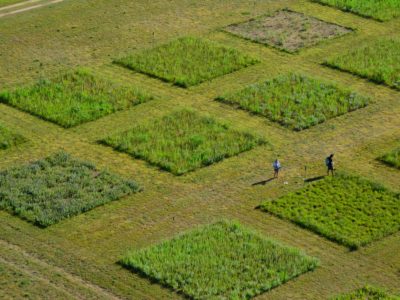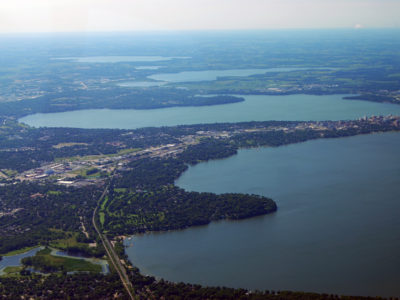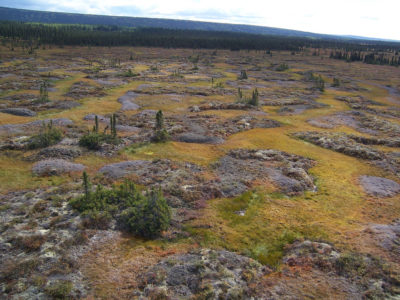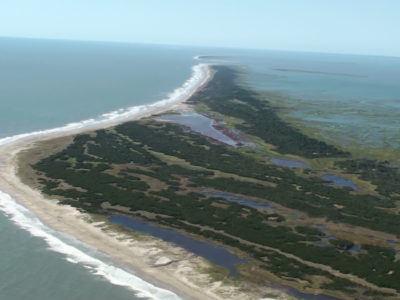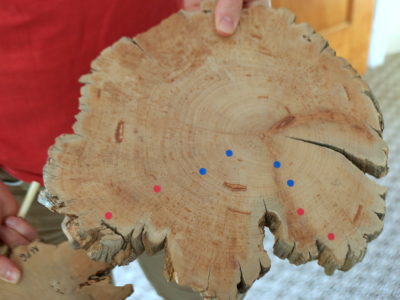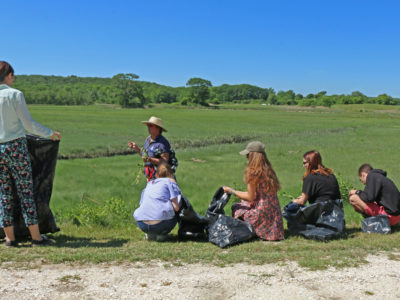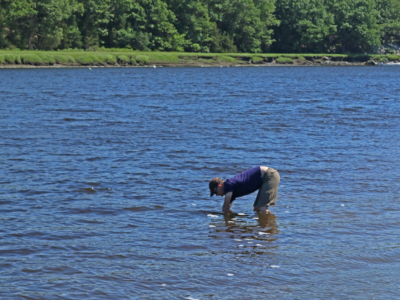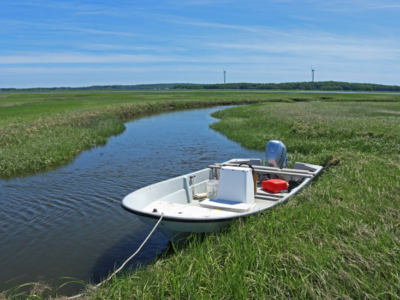A Balancing Act for Coastal Freshwater Marshes
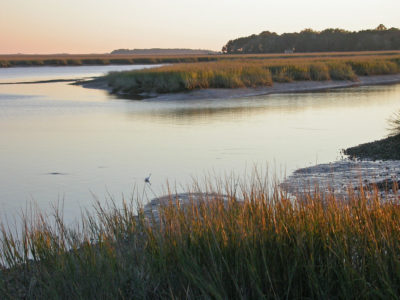
On the boundaries of fresh and saltwater systems, coastal marshes give rise to diverse, productive ecosystems that act as carbon sinks. Their secret? Freshwater marsh plants receive just the right amount of nutrients and salt from periodic seawater tides to thrive. However, incursions of saltwater into these systems are increasing —often caused by drought and… Read more »

